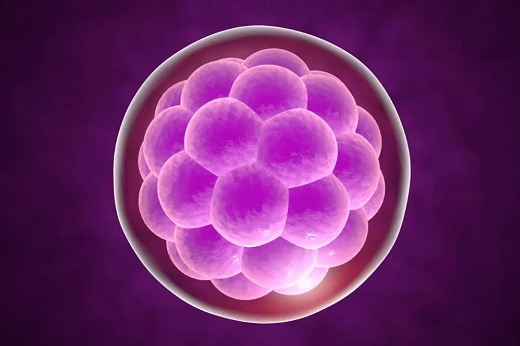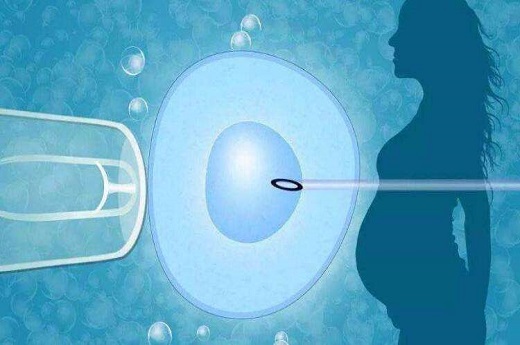试管婴儿长方案和短方案的成功率:试管婴儿成功率:长短方案对比
简介:

试管婴儿是一种辅助生殖技术,对于一些不孕不育的夫妇来说,是一种希望。而在进行试管婴儿时,长方案和短方案是两种常见的方案。那么,长方案和短方案哪个成功率更高呢?接下来,我们将从多个方面来进行详细的对比分析。
小标题:
1. 长方案和短方案的基本概念

2. 长方案和短方案的操作流程
3. 长方案和短方案的成功率对比
4. 长方案和短方案的费用对比

5. 长方案和短方案的适用人群对比
长方案和短方案的基本概念
长方案和短方案是指在进行试管婴儿过程中所采取的两种不同的操作方式。长方案是指在进行试管婴儿前,需要对女性进行一段时间的排卵促进治疗,以提高卵子的质量和数量。而短方案则是直接进行试管婴儿操作,不需要进行排卵促进治疗。两种方案各有利弊,需要根据个人情况来选择合适的方案。
The basic concept of long and short programs
The long program and the short program refer to two different operating methods during the process of IVF. The long program refers to the need to carry out ovulation promotion treatment for women for a period of time before IVF, in order to improve the quality and quantity of eggs. The short program is to directly carry out IVF operation without ovulation promotion treatment. Both programs have their own advantages and disadvantages, and the appropriate program should be chosen according to individual circumstances.
长方案和短方案的操作流程
长方案的操作流程相对较长,首先需要进行排卵促进治疗,然后在女性排卵后进行取卵、受精和移植等步骤。整个流程需要较长的时间,通常需要2-3个月。而短方案则是直接进行取卵、受精和移植等步骤,整个流程相对较短,通常在一个月内就可以完成。长方案和短方案的操作流程有着明显的区别。
The operation process of long and short programs
The operation process of the long program is relatively long. First, it is necessary to carry out ovulation promotion treatment, and then carry out steps such as egg retrieval, fertilization and transplantation after ovulation in women. The whole process takes a long time, usually 2-3 months. The short program is to directly carry out steps such as egg retrieval, fertilization and transplantation, and the whole process is relatively short, usually completed within a month. Therefore, there are obvious differences in the operation process of long and short programs.
长方案和短方案的成功率对比
长方案和短方案的成功率一直是人们关注的焦点。长方案由于在进行试管婴儿前需要进行排卵促进治疗,因此可以提高卵子的质量和数量,从而在一定程度上提高成功率。而短方案虽然操作流程较短,但卵子的质量和数量可能会受到一定影响,因此成功率相对较低。长方案的成功率通常会高于短方案。
Comparison of success rates of long and short programs
The success rate of long and short programs has always been the focus of attention. Generally speaking, the long program can improve the quality and quantity of eggs to a certain extent because ovulation promotion treatment is required before IVF. Therefore, the success rate is relatively higher. Although the short program has a shorter operation process, the quality and quantity of eggs may be affected to a certain extent, so the success rate is relatively lower. Therefore, the success rate of the long program is usually higher than that of the short program.
长方案和短方案的费用对比
长方案和短方案的费用也是人们考虑的重要因素。由于长方案需要进行排卵促进治疗,整个过程需要的药物费用相对较高,加上操作流程较长,因此费用相对较高。而短方案虽然操作流程较短,但整个过程也需要一定的费用。从费用角度来看,长方案的费用通常会高于短方案。
Comparison of costs of long and short programs
The cost of long and short programs is also an important factor to consider. Because the long program requires ovulation promotion treatment, the cost of drugs for the entire process is relatively high, plus the long operation process, so the cost is relatively high. Although the short program has a shorter operation process, the entire process also requires a certain cost. Therefore, from the perspective of cost, the cost of the long program is usually higher than that of the short program.
长方案和短方案的适用人群对比
长方案和短方案适用的人群也有所不同。长方案适用于卵子质量和数量较差的女性,因为排卵促进治疗可以提高卵子的质量和数量。而短方案适用于卵子质量和数量相对较好的女性,因为直接进行试管婴儿操作即可。需要根据个人情况来选择合适的方案。
Comparison of applicable populations of long and short programs
The populations suitable for long and short programs are also different. Generally speaking, the long program is suitable for women with poor egg quality and quantity, because ovulation promotion treatment can improve the quality and quantity of eggs. The short program is suitable for women with relatively good egg quality and quantity, because IVF operation can be carried out directly. Therefore, the appropriate program should be chosen according to individual circumstances.
结尾:
长方案和短方案各有利弊,需要根据个人情况来选择合适的方案。在选择方案时,可以综合考虑操作流程、成功率、费用和适用人群等因素,从而做出明智的决定。希望每一位希望有宝宝的夫妇都能够顺利实现自己的梦想。





